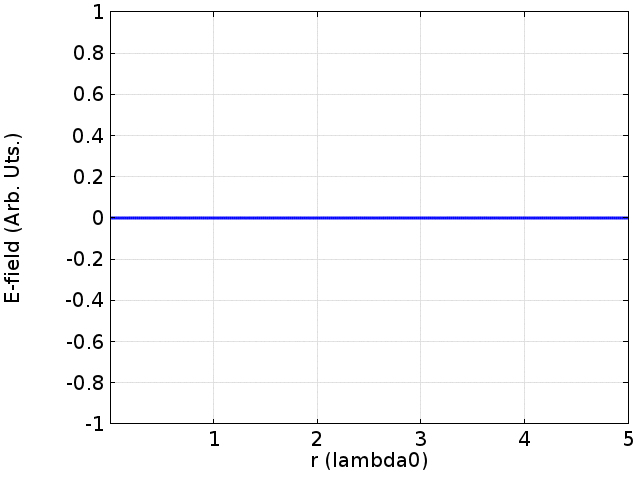Standing Wave
In physics, a standing wave – also known as a stationary wave – is a wave in which its peaks (or any other point on the wave) do not move spatially. The amplitude of the wave at a point in space may vary with time, but its phase remains constant. The locations at which the amplitude is minimum are called nodes, and the locations where the amplitude is maximum are called antinodes.
This phenomenon can occur because the medium is moving in the opposite direction to the wave, or it can arise in a stationary medium as a result of interference between two waves traveling in opposite directions. The most common cause of standing waves is the phenomenon of resonance, in which standing waves occur inside a resonator due to interference between waves reflected back and forth at the resonator's resonant frequency.
For waves of equal amplitude traveling in opposing directions, there is on average no net propagation of energy.
Next Topic: Atomic Orbital
____________________________________________________________________________
Source: Standing Wave



Comments
Post a Comment